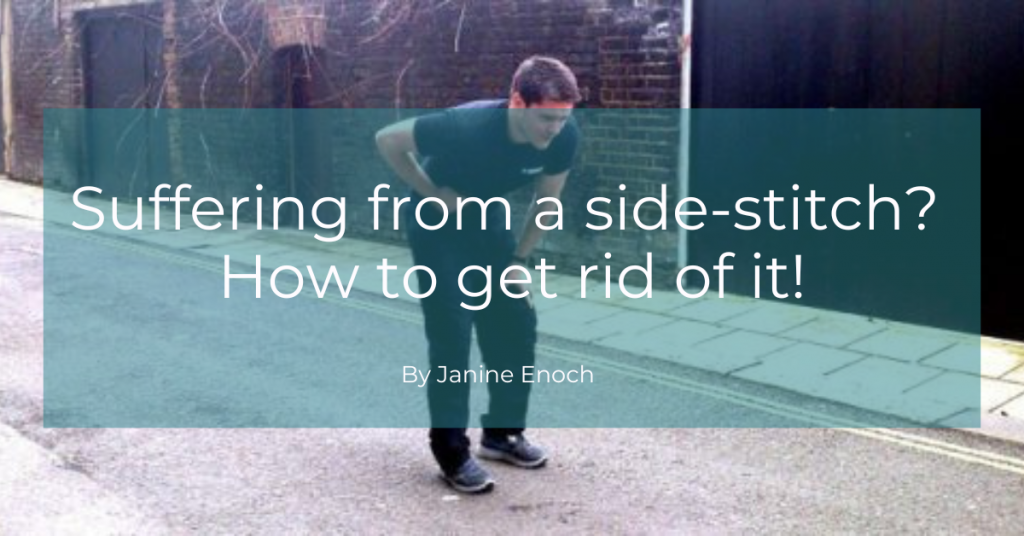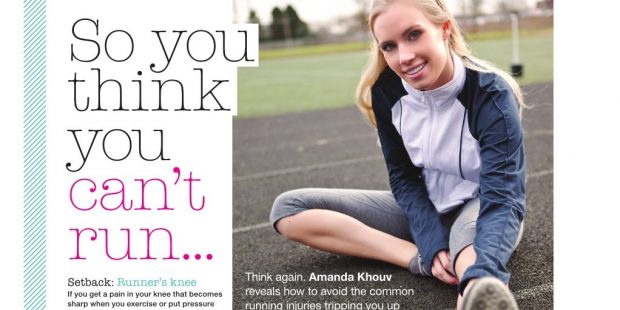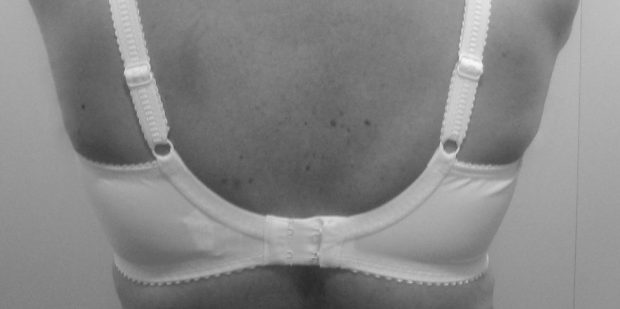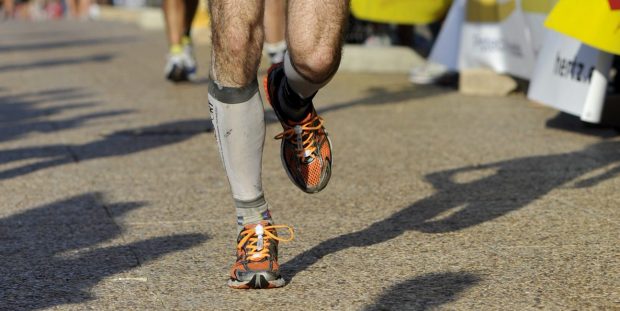Working from Home
1. The early bird catches the worm when you work from home
Increasing your metabolism at the start of the day will not only make you think more clearly but improve your circulation and tissue flexibility to help stop working from home being a pain in the back! Get up at your usual time, resist the temptation to catch a few more zzz’s. Make your bed, brush your teeth, get into your gym kit and how about heading out for exercise bright and early?
2. Dress up, show up
Lounging in your snug Pj’s might sound like the easier option, but a little sprucing up and getting dressed in your usual work clothes will help you mentally relocate-also you never know you may be summoned on an urgent Zoom call!
3. Home working desk jockey kit
Ensure that you’re sitting at a proper desk and chair. Most offices have been happy to send teams the right tools such as office chairs and desks to help minimise the impact and risks associated with the use of inadequate equipment.
4. Task master blaster!
I love ticking off a list. Sometimes I make lists containing a few things I’ve already done, just for the sheer delight of ticking the item off the list, I know… weirdo, but I’ll almost certain that I’m not the only one! Try Trello, Microsoft to- do. The added structure, the small victorious feeling you get when you tick off that task, will, if you’re anything like me, make you feel like a little Champ!
5. Food is medicine when you work from home
How about using the time gained from not commuting to prepare yourself a healthier than normal fresh lunch? Not only will it help you feel better, but your waistline will be grateful too!
6. Take a breather
Every 20- 30min, stand up, walk around- go to the watercooler-ie kitchen sink, break away area- i.e living room to boost your circulation and avoid static positions. If you’d like a free copy of our general desk exercise routine, please email us: info@vitality-physio.co.uk and we’ll send one out to you.
7. Body, Soul, Spirit
This unprecedented season has caused much worry, and the uncertainty of the future can be overwhelming at times. Home working can free up a bit more time and gives us the freedom to manage stress better. Prayer, meditation or mindfulness interrupt the negative power of stress. Headspace and Calm have great solutions, or if you’re struggling to cope or need more help, the Samaritans are there 24/7.
8. Get Connected
Yes indeed, this is a time of social distancing, but we humans are communal animals. How about a Skype lunch date or call to that person you’ve been meaning to catch up with in ages? Casual conversations with colleagues, deep musing with a friend or reminiscing with family might be exactly the little boost you (or they) may need during the day. So, work from home but stay connected!
Despite closing our clinics, we are still operating our Physiotherapy services. We know that your treatment to alleviate pain, weakness and continue your post and pre surgical care is paramount to your physical and mental wellness and therefore we are staying open for online appointments only.
Physiotherapy video consultations are evidence based and have proven to be clinically effective to treat musculoskeletal conditions. During your consultation, your Physio will be able to establish a diagnosis and offer you treatment through exercise as well as manual therapy and self-mobilisation techniques, offer technical expertise, advice and guidance on your condition, your exercise regime or training plan.
Book online here: https://www.vitality-physio.co.uk/book-an-appointment-online/
Drop us an email: info@vitality-physio.co.uk if you have any questions or concerns.
Finally, may you find peace in the chaos, joy on tough days and the wisdom to keep mobile and active!
Janine








